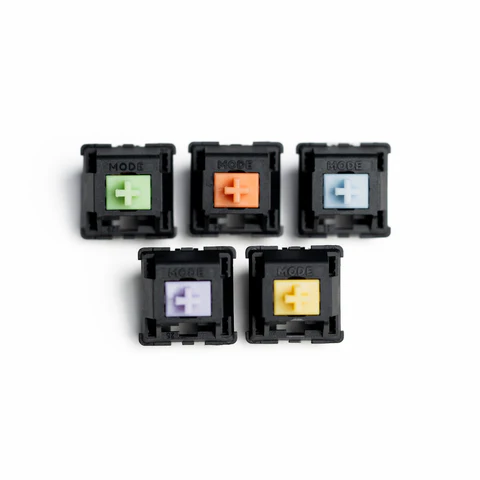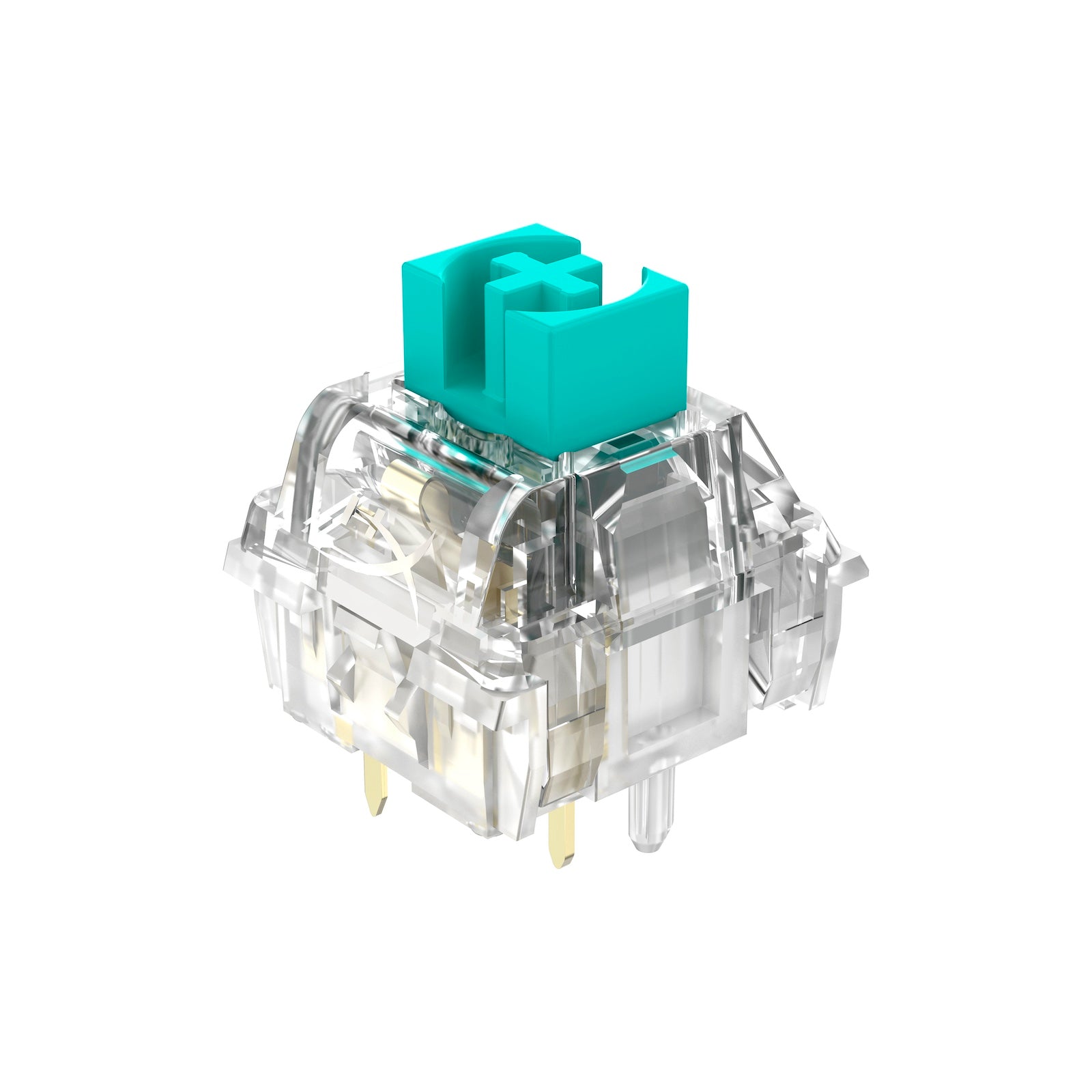Many premium keyboards feature tactile switches for a smooth keystroke.
The Significance of Tactile Switches Over in Creating Trusted Interface
Responsive buttons, indispensable components in various electronic devices, use unmistakable comments with a physical feeling upon actuation - tactile switches. As modern technology permeates even more elements of day-to-day life, understanding the subtle yet substantial influence of these switches on individual communication comes to be critical.
Recognizing Tactile Responses: The Basics of Tactile Switches Over
Tactile switches, crucial parts in different digital tools, supply prompt physical comments when triggered. These switches feature a system that users can feel and hear at the factor of get in touch with, verifying an activity has actually been launched. Frequently found in key-boards, remote controls, and commercial controls, responsive switches are favored for their sharp, crisp action which improves the assurance of input commands.
The building and construction of a responsive switch includes a dome-shaped rubber or steel that collapses and then recoils upon release, finishing an electric circuit. This action produces a visible click. The distinct tactile and distinct responses is vital for busy settings like gaming or in scenarios calling for precise data entrance, where customers profit exceptionally from immediate physical confirmation of their inputs.

Effectiveness in style also enables these switches to be long lasting, normally withstanding millions of cycles without efficiency deterioration, making them reliable components in both consumer electronics and high-demand commercial applications. - tactile switches
The Role of Tactile Switches Over in Enhancing Individual Experience

In addition, tactile buttons add to an extra instinctive user experience. They can be designed with varying levels of actuation pressure and distinct tactile profiles, permitting for customization that suits specific customer requirements and choices. This flexibility not only makes tools a lot more easy to use but additionally raises fulfillment by satisfying private interaction designs. Therefore, users commonly report higher levels of convenience and decreased exhaustion, specifically in circumstances including prolonged use innovation, highlighting the essential role of responsive switches in contemporary user interface design.
Applications and Developments: Tactile Switches Over Throughout Industries
Where might one experience tactile buttons outside of standard consumer electronics? In healthcare, responsive switches are utilized in portable diagnostic tools where exact responses is essential for operation.
In the auto market, tactile buttons add to more secure driving experiences by being integrated right into steering wheel controls and control panel interfaces. This allows drivers to operate audio systems, navigate to this site GPS, and various other in-car functionalities without looking away from the road.
In a similar way, in commercial setups, these buttons are important for equipment controls where operators rely upon clear tactile responses to verify effective activation or deactivation of tools, thus protecting against functional errors and improving safety and security in environments that typically entail high-stakes procedures. These instances emphasize how tactile switches facilitate dependability and efficiency across diverse markets.
Final Thought
